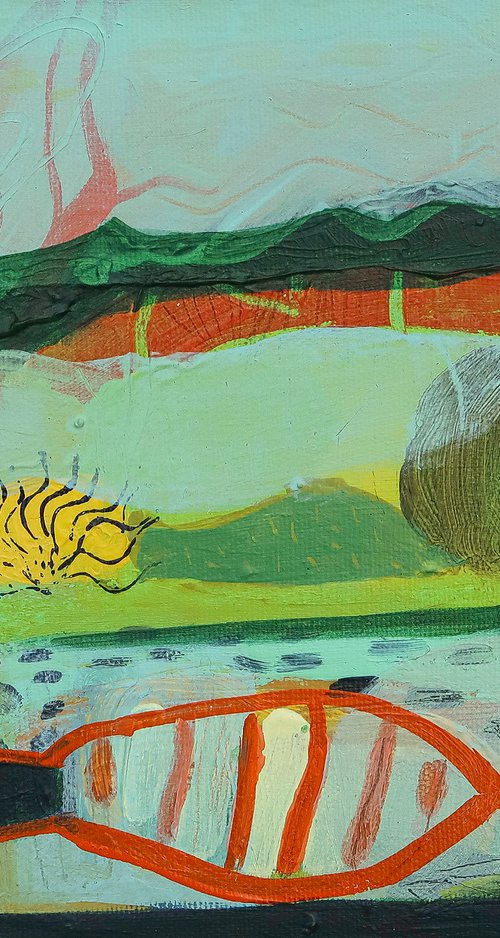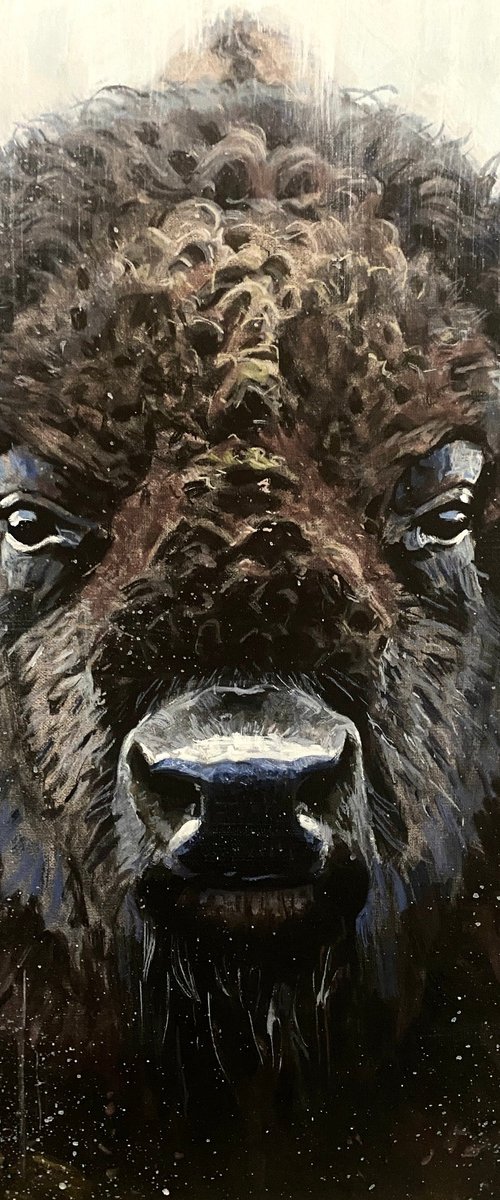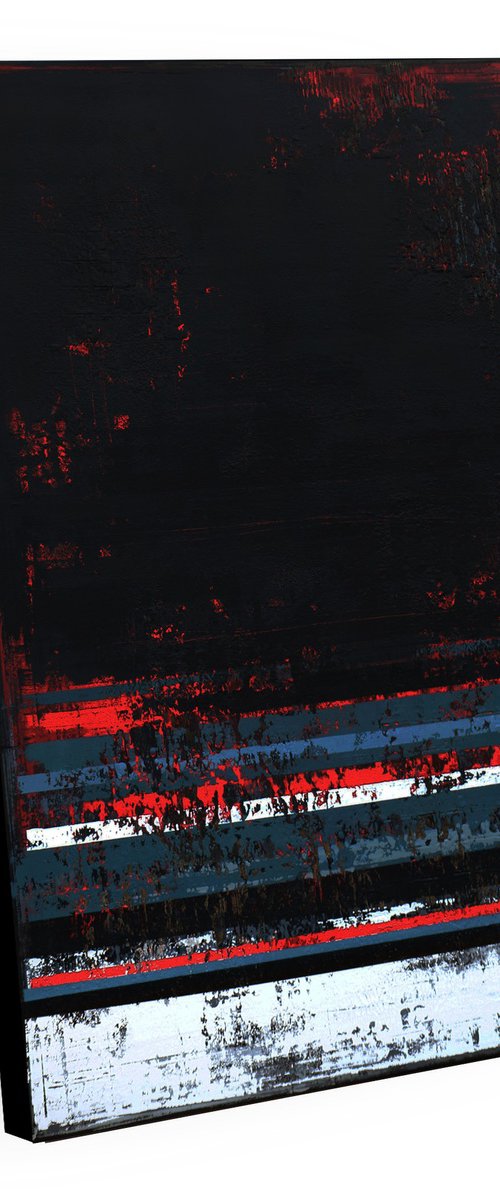- Home
- Art
Original art for sale
Shop original and limited edition art, directly from artists around the world.
Clear all 
Suzie Cumming
Acrylic painting
29 x 24cm
£250
Paul Cheng
Acrylic painting
51 x 61cm
£592

Journey Gong
Photograph
68 x 104cm
£737
Lena Vylusk
Oil painting
70 x 100cm
£1000
Tatiana Georgieva
Acrylic painting
184 x 94cm
£2738
Danijela Dan
Acrylic painting
80 x 80cm
£823
Karim Carella
Photograph
150 x 88cm
£597
Trayko Popov
Acrylic painting
100 x 80cm
£2080

Ronald Hunter
Acrylic painting
90 x 110cm
£866
Behshad Arjomandi
Oil painting
90 x 60cm
£1040
Inez Froehlich
Acrylic painting
100 x 150cm
£1603
Alla Kallass
Oil painting
30 x 61cm
£837


